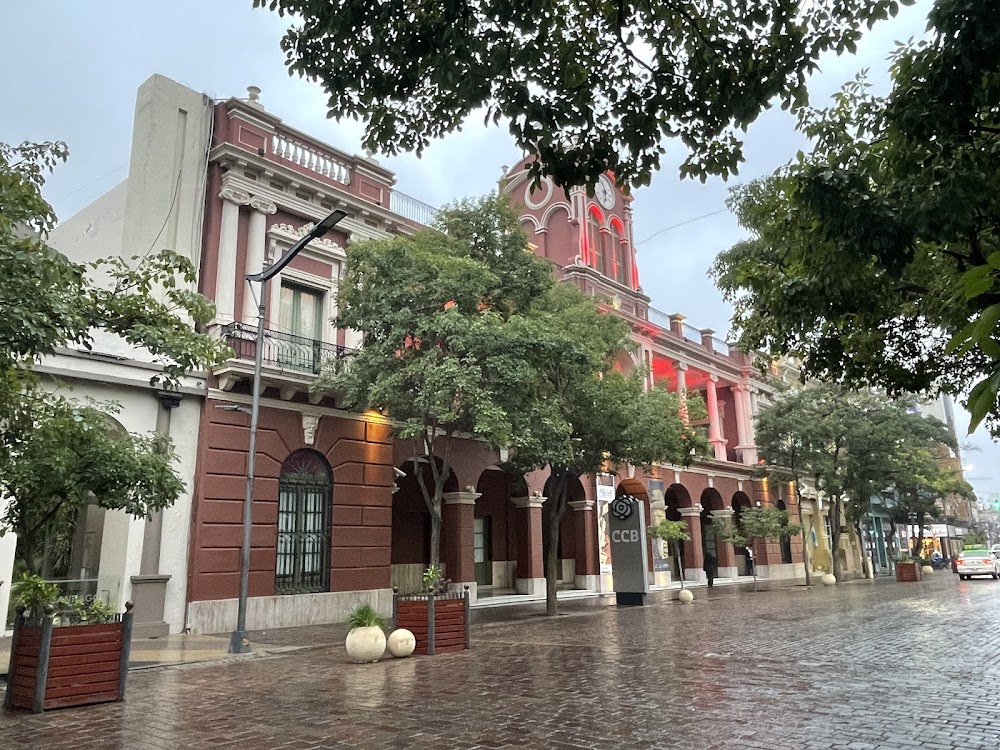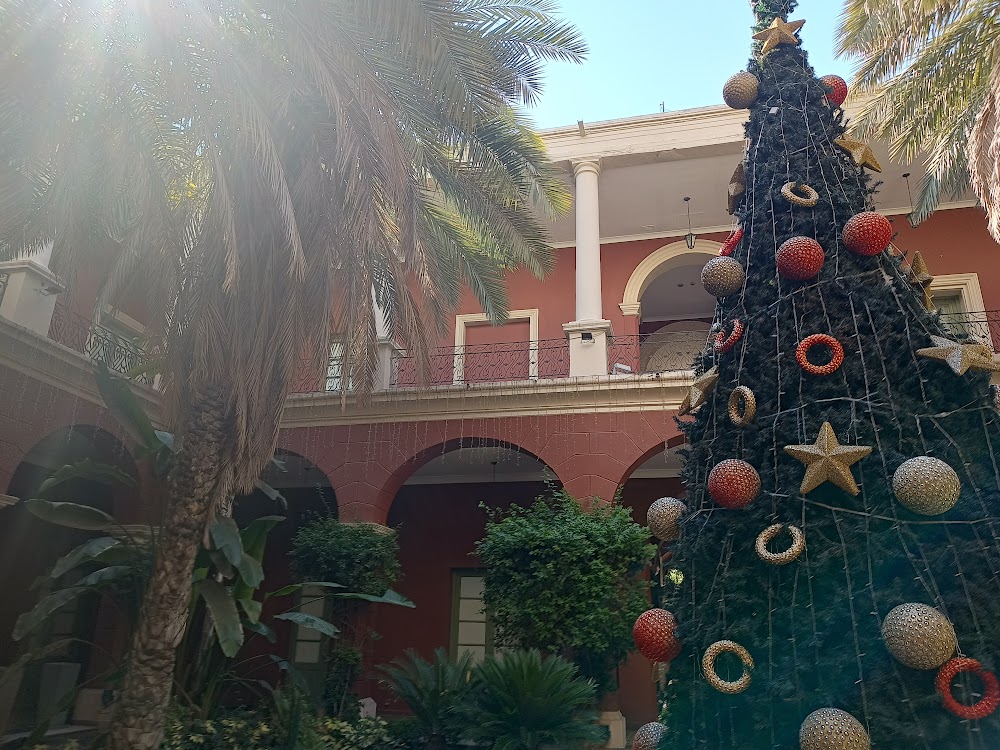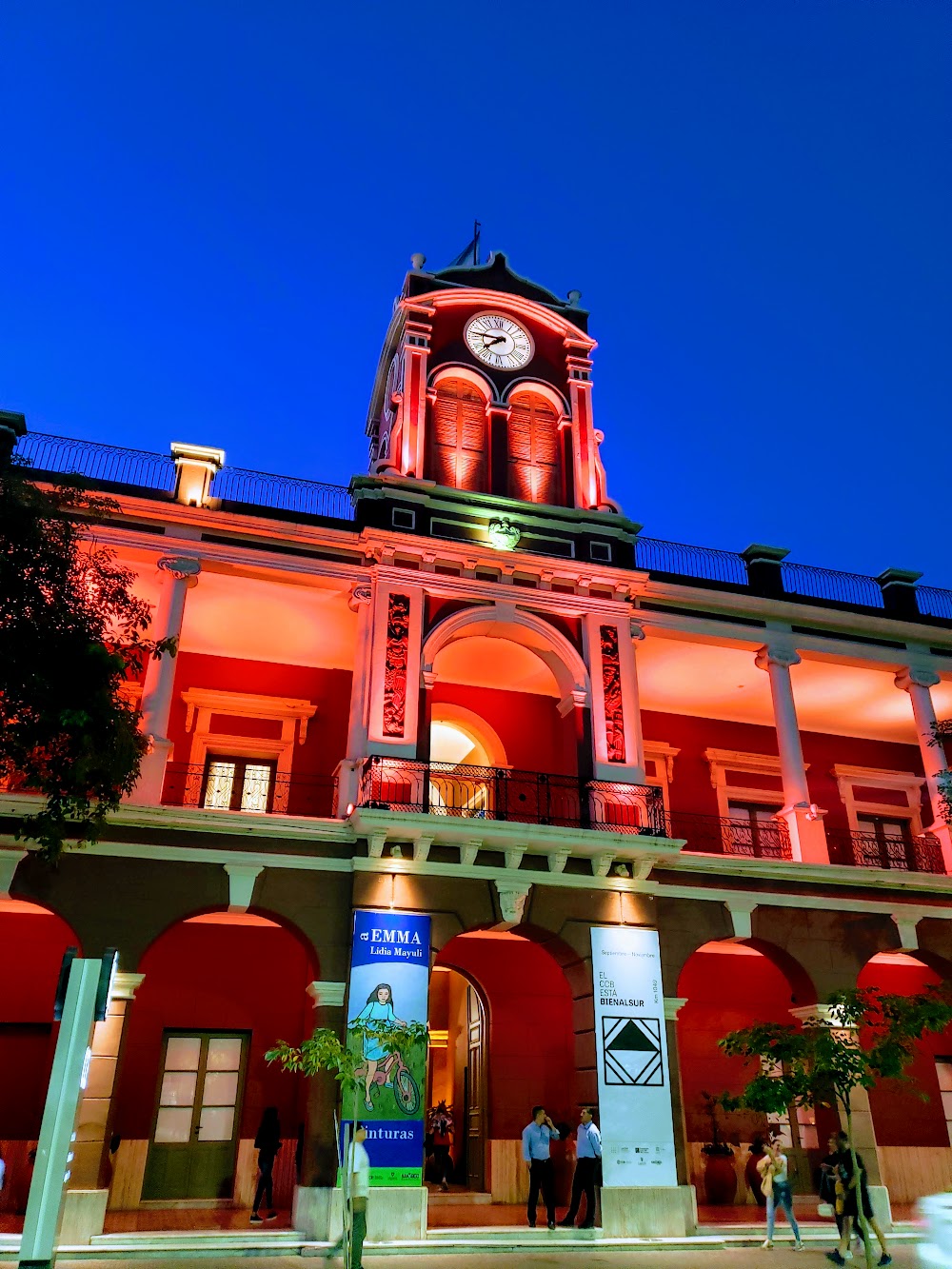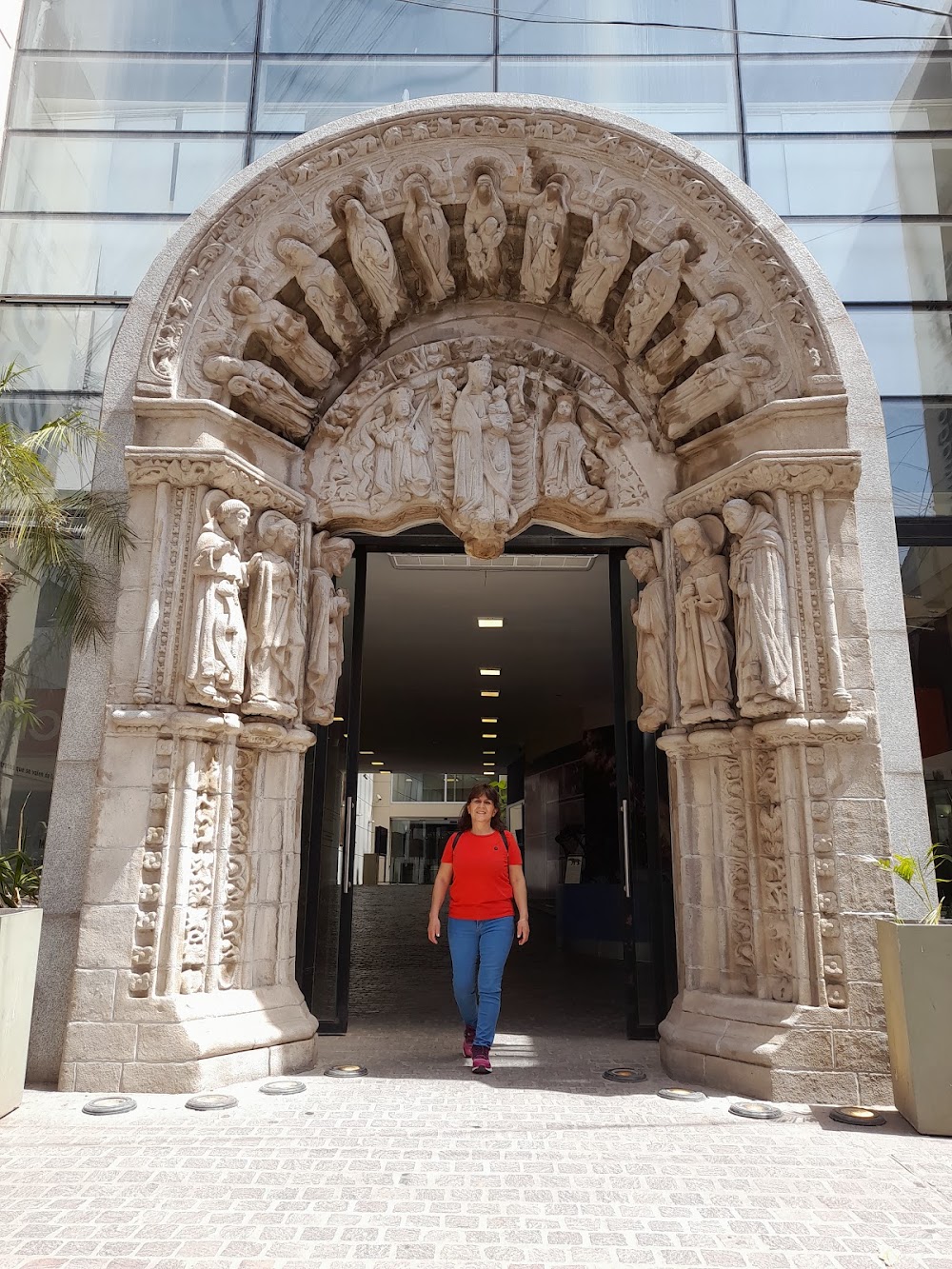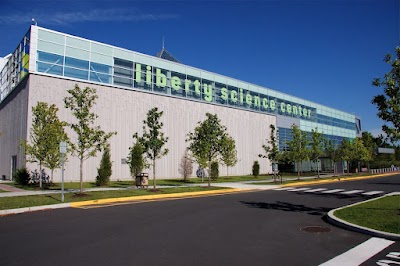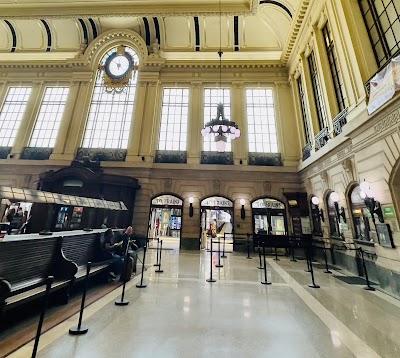Centro Cultural del Bicentenario (Centro Cultural del Bicentenario)
Overview
In the heart of Santiago del Estero, Argentina, lies a cultural treasure that embodies the essence of the region: Centro Cultural del Bicentenario. Inaugurated in 2010 to coincide with the bicentennial celebrations of Argentina’s May Revolution, this magnificent cultural center represents both the rich heritage and the vibrant future of Santiago del Estero, the oldest city in Argentina.
The inception of the Centro Cultural del Bicentenario stemmed from a visionary desire to create a hub where history, art, and culture could meet. This ambitious project came to fruition through the collaborative efforts of local government, cultural advocates, architects, and the community at large. The site itself carries historical significance, having once housed a grand colonial building that served as a government house.
Designing the Centro Cultural del Bicentenario was a remarkable challenge. Renowned architects and designers aimed to create a space that honors both the past and the future. The architecture is a striking blend of traditional and modern styles, where preserved elements of the colonial structure harmoniously coexist with contemporary design. This fusion creates an aesthetic that feels both timeless and innovative.
Inside, the main building boasts expansive open spaces, soaring ceilings, and ample natural light, fostering an inviting and inspiring atmosphere. Emphasizing sustainability, the center incorporates local materials and energy-efficient systems, minimizing environmental impact and reinforcing its connection to the land and local traditions.
Within the Centro Cultural del Bicentenario lies a rich tapestry of galleries, exhibition spaces, and conference rooms. As a dynamic venue, it hosts a wide array of cultural events, ranging from art exhibitions and theatrical performances to academic conferences and community workshops. Each space is thoughtfully designed for versatility and functionality, catering to diverse activities.
A standout feature is the permanent exhibition dedicated to the history and culture of Santiago del Estero. This meticulously curated exhibit chronicles the city’s evolution, from its indigenous roots through Spanish colonization to its contemporary landscape. Visitors can explore a collection of artifacts, documents, and interactive displays, offering a comprehensive understanding of the region's cultural heritage.
The Centro Cultural del Bicentenario also champions contemporary artists and cultural practitioners from Argentina and beyond. Its temporary exhibition spaces frequently showcase works from emerging and established artists, providing insight into current trends and creative expressions in the art world. This commitment to artistic innovation highlights the center’s role as a beacon of cultural development in the region.
Education and community engagement are central to the center's mission. Regular workshops, lectures, and educational programs inspire individuals of all ages, fostering a deeper appreciation for the arts and encouraging active participation in cultural activities. Collaborations with schools and universities enrich curricula and provide students with unique learning experiences.
Surrounding the Centro Cultural del Bicentenario are beautifully landscaped gardens and open spaces, which serve as extensions of the center. These serene areas provide ideal settings for outdoor events, exhibits, and leisurely strolls. The gardens, meticulously maintained to reflect the region’s flora, create a harmonious environment that invites reflection and relaxation.
Over the years, the Centro Cultural del Bicentenario has blossomed into a cornerstone of social and cultural life in Santiago del Estero. It stands as a proud testament to the city’s enduring spirit and its commitment to preserving and celebrating its rich cultural legacy. More than just a building, it is a vibrant community gathering place that continuously evolves to meet the cultural needs and aspirations of its people.


